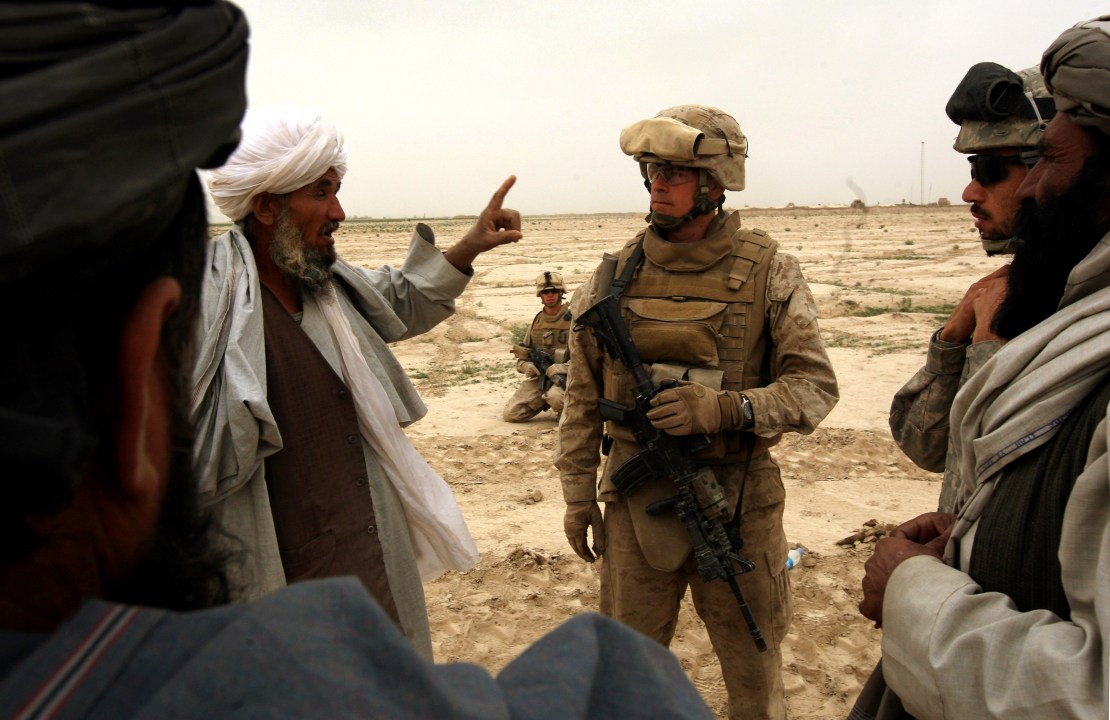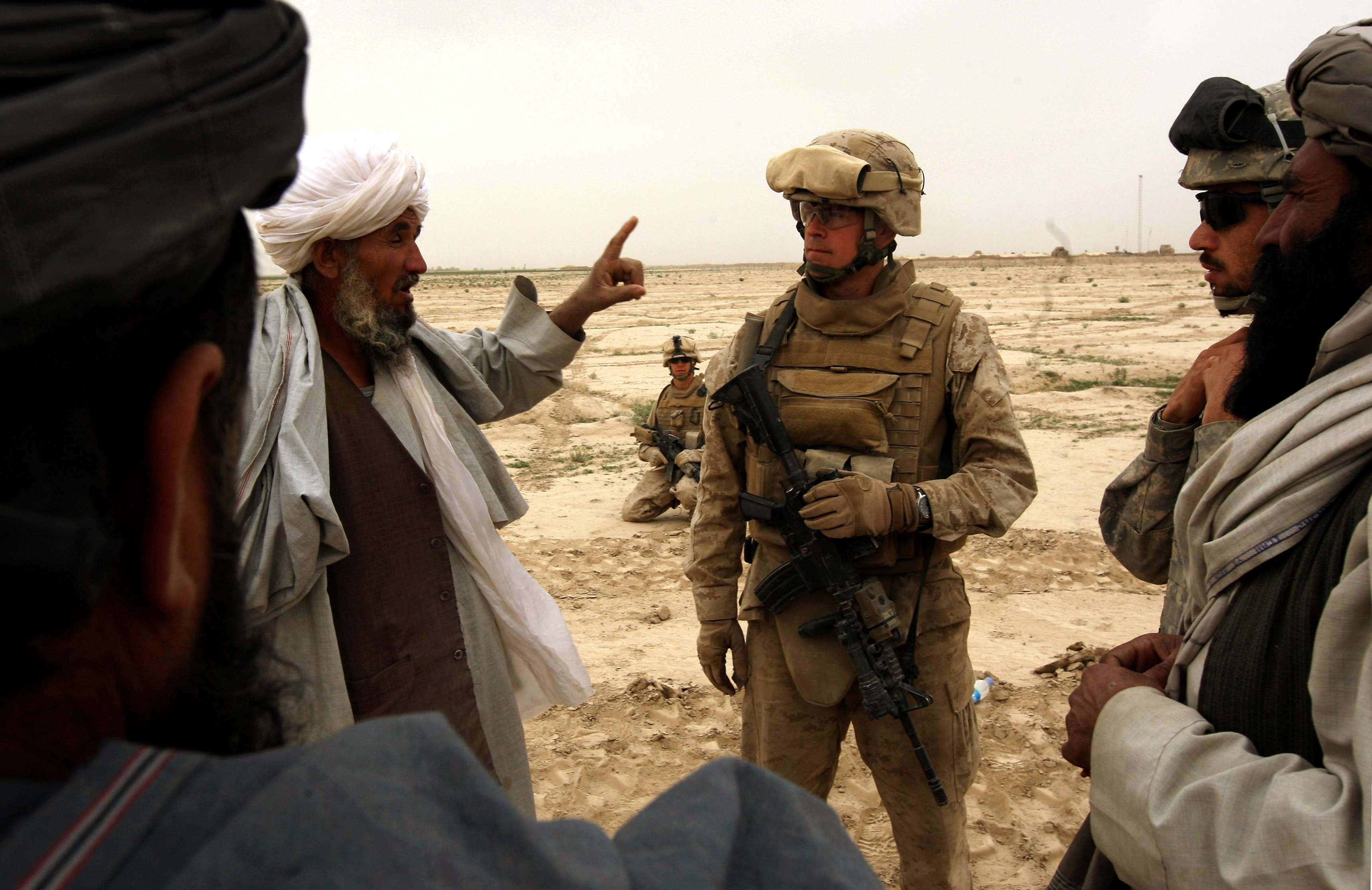 Kabul
Kabul
After an adventurous journey from the Emirates—which seemed to include our pilot getting lost on the runway at Dubai airport—I have finally landed in Kabul. In Kabul, I attended briefings by General McKiernan, the commander of the almost 70,000 NATO troops now deployed, and his closest staff.
Everyone here seemed to be saying the same thing: that the heterodox insurgency, particularly in the south, cannot be defeated by military means alone. Civilians are necessary. This view fits well with Obama’s reported plans for a civilian surge.
But what should a civilian surge consist of and what should these extra civilians actually be doing? There are already some 18,000 civilians in Kabul. But they are too often restricted in when they can leave their heavily protected compounds.
As most of those deployed are bureaucrats, not subject-matter experts, they struggle to offer their local counterparts useful advice. Gus O’Donnell, the Cabinet Secretary, and the rest of the bureaucratic establishment has short-sightedly opposed bringing in outside experts to bulk up PRT teams.
Everyone is talking about building Afghanistan “from the bottom up”. But the words mean different things to different people. To Hamid Karzai it seems to mean getting him re-elected in the August presidential poll by dispensing more aid in key constituents, to the US Army persuading and arming locals to fight the Taliban and to the Europeans a technical process of bettering local institutions.
So far it has taken six months to produce integrated civil-military plans for six of Afghanistan’s provincial districts. With more than 360 districts in total, at this rate it will take 30 years to cover the whole country. There is not that time to spend. We need a surge in planning to accompany the military and civilian surges.







Comments